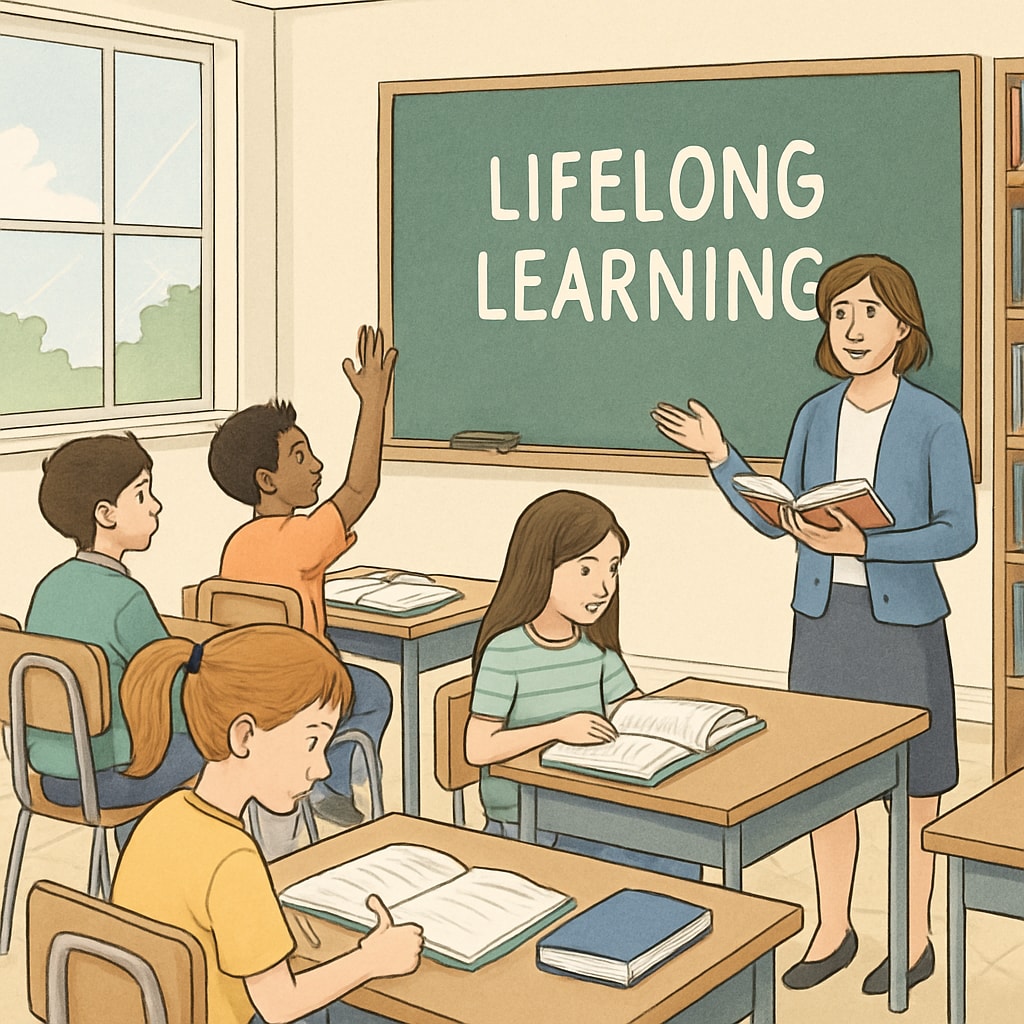The traditional academic calendar, with its long summer break, has long been criticized for contributing to the “summer slide”—a phenomenon where students forget a significant portion of what they learned during the school year. Advocates of year-round schooling argue that a more balanced academic schedule could enhance knowledge retention and improve learning continuity. By replacing the long summer vacation with shorter, more frequent breaks, this approach aims to optimize student learning outcomes.
Year-round schooling is not about increasing the number of school days. Instead, it redistributes the days across the entire year, often in configurations like “45-15,” where students attend school for 45 days followed by a 15-day break. This article explores the potential benefits of this model and examines whether it could effectively combat the summer slide while fostering better long-term learning habits.
Reassessing the Traditional Academic Calendar
The traditional school calendar, with its origins in agrarian societies, was designed to allow children to help with farming during the summer months. However, modern lifestyles no longer align with this outdated structure. Today, the long break often leads to a loss of academic skills, particularly in subjects like math and reading. Research from the National Summer Learning Association reveals that students can lose up to two months of grade-level equivalency in these areas over the summer.
In contrast, year-round schooling minimizes this gap by providing regular intervals for rest and recovery without the extended disruption of learning. This consistent exposure to academic content helps students retain knowledge more effectively, reducing the need for extensive review at the start of each new school year.

Potential Benefits of Year-Round Schooling
Proponents of year-round education highlight several advantages, including improved knowledge retention, reduced burnout, and more opportunities for personalized learning experiences. Below are some key benefits:
- Enhanced Knowledge Retention: Frequent breaks allow students to recharge without losing significant academic progress. This helps maintain a steady learning curve.
- Reduced Teacher Stress: Teachers often spend the first weeks of a new school year reviewing old material. Year-round schedules reduce this need, allowing educators to focus on new content.
- Flexible Family Time: Shorter breaks throughout the year can provide families with more flexible vacation options, avoiding the peak costs and crowds of summer travel.
In addition, year-round schooling could benefit disadvantaged students the most. According to a study published by the RAND Corporation, students from lower-income families often experience greater learning losses during long breaks due to limited access to educational resources. A balanced calendar could help bridge this gap.

Challenges and Considerations
While the potential benefits are promising, implementing a year-round schooling model is not without challenges. One of the primary concerns is the disruption it may cause to traditional family routines and summer activities. For example, many families rely on summer camps or extended vacations that align with the traditional academic calendar.
Additionally, schools may face logistical hurdles, such as rescheduling maintenance work, accommodating extracurricular activities, and addressing teacher shortages. It is also important to consider the financial implications, as year-round schooling could require adjustments to transportation, staffing, and facility management budgets.
Despite these challenges, pilot programs in countries like the United States, Japan, and Australia have shown promising results. For instance, schools in California and North Carolina that adopted year-round calendars reported improved test scores and higher student engagement.
Is “One Week On, One Week Off” the Future?
One innovative variation of year-round schooling involves a “one week on, one week off” model. This approach aims to create a more dynamic balance between learning and rest. Advocates argue that shorter, regular cycles of study and breaks could further reduce burnout while maintaining academic momentum.
This model could also provide unique opportunities for project-based learning and community engagement during off weeks, allowing students to apply their knowledge in real-world settings. However, more research is needed to determine the long-term effectiveness and feasibility of this schedule.
Conclusion: A Step Toward Educational Reform?
The debate over year-round schooling highlights the need for educational systems to adapt to the realities of modern life. While the traditional academic calendar has its merits, the challenges of the “summer slide” and the demands of contemporary society call for innovative solutions. Year-round schooling, with its focus on knowledge retention and learning continuity, presents a compelling alternative.
As educators, policymakers, and families weigh the pros and cons, it is crucial to prioritize student outcomes and equity. By embracing new approaches to education, we may take a significant step toward a more effective and inclusive learning environment.
Readability guidance: This article uses short paragraphs, clear subheadings, and bullet points to enhance readability. Active voice is used throughout to engage the reader, and transitional phrases are included to ensure smooth flow between ideas.


